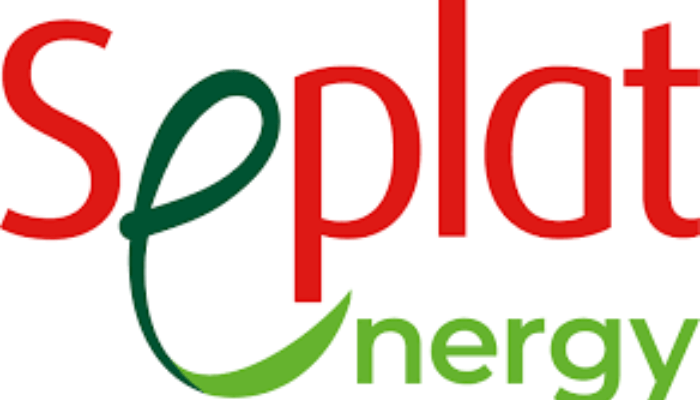Seplat Energy Plc delivered one of its strongest performances yet in 2025. The company posted pre-interest earnings of $1.1 billion for the nine months ending September 30. The result was powered largely by the assets acquired from Mobil Producing Nigeria Unlimited (MPNU), now renamed Seplat Producing Nigeria Unit (SEPNU).
Seplat’s Earnings Before Interest, Taxes, Depreciation, and Amortisation (EBITDA) rose sharply to $1.1 billion in 9M 2025. That’s a 190 percent year-on-year increase from the $383 million reported in the same period last year. The surge underscores how transformative the MPNU acquisition has been for Seplat’s financial and operational strength.
The acquired offshore assets, OMLs 67, 68, 70, and 104, produced an average of 77,562 barrels of oil equivalent per day (BOEPD) during the period. This output drove a 185 percent year-on-year growth in Seplat’s overall production, which hit 135,636 BOEPD. With this, Seplat has solidified its position as one of Nigeria’s leading indigenous oil producers.
Revenue performance also told a compelling story. Seplat generated $2.18 billion in the first nine months of 2025, up 204 percent from $715 million in 2024. Gross profit stood at $879.5 million, representing a 148 percent increase from $355 million last year.
This growth came despite weaker oil prices. The company’s realised oil price fell by 13 percent, from $82.9 per barrel in 9M 2024 to $71.9 per barrel in 2025. However, the surge in production volumes helped bridge that gap, cushioning the impact of lower prices.
Strong operations translated into strong cash flow. Net operating cash flow hit $1.395 billion; a 230 percent jump from $423 million in the prior year. This liquidity boost gives Seplat the flexibility to fund expansion and support shareholder returns.
At its recent Capital Markets Day, CEO Roger Brown announced an ambitious growth plan. Seplat plans to invest around $3 billion in Nigeria between 2026 and 2030. He noted that about 70 percent of the planned capital spending will go into oil monetisation projects, including drilling new wells and expanding offshore infrastructure.
Quarter-on-quarter performance was relatively stable. Total output grew marginally by 0.5 percent, rising from 137,204 BOEPD in Q2 to 137,888 BOEPD in Q3. Production from offshore assets (SEPNU) dipped slightly by 1 percent, due to maintenance activity.
According to Seplat, “The QoQ decline was due to scheduled downtime on our East Area Project (EAP) platform, where we commenced installation of the Inlet Gas Exchanger (IGE) in early September.”
Seplat also continued to meet its fiscal obligations. The company paid $384.6 million in taxes during the nine-month period. It spent $180.1 million on capital expenditure and made an additional $64.3 million payment to ExxonMobil for the MPNU acquisition.
Free cash flow surged as well. The company generated $830.7 million in free cash flow, up 314 percent from $200.8 million in 2024. Seplat also repaid $1.03 billion in loans and borrowings while securing $650 million in new debt to strengthen its balance sheet.
Overall, Seplat’s nine-month results highlight the impact of strategic acquisitions on local oil and gas players. The MPNU deal has more than doubled Seplat’s production capacity, boosted cash generation, and positioned it as a key force in Nigeria’s upstream sector. Even with softer oil prices, Seplat’s ability to scale output shows how indigenous producers are seizing the opportunities left behind by exiting international oil companies.

